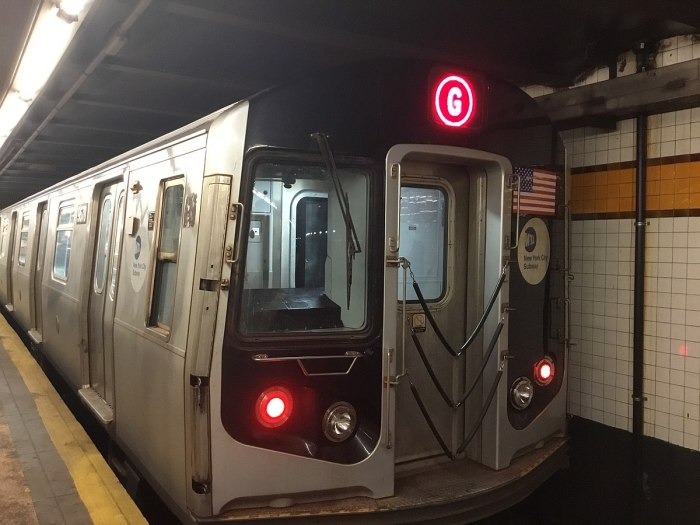It was “one of the greatest building booms in American history,” says Thomas Campanella, a professor of city and regional planning at Cornell University.
During the 1920s and ’30s, large swaths of Brooklyn and Queens turned “almost overnight” from farmland to city.
How did it happen? Much of it, Campanella notes, was built by Fred Trump, a builder who shaped New York City more than his son ever did.
If you build it. . .
Donald Trump is well on his way to the Republican presidential nomination, having won the majority of the Super Tuesday contests.
Trump is riding a wave of populist anger and dissatisfaction. In the years after WWI, his father benefited from times of upheaval as well.
As immigrants flooded into New York City at the turn of the 20th century, the city began to expand. New housing was necessary for working- and middle-class families.
A new kind of builder was coming of age, too: Not the high-society architects who built Manhattan, but a wave of immigrant or second-generation designers, Fred Trump included.
“Brooklyn wasn’t a luxury place back then,” says Malka Simon, a lecturer in architectural history and urban design at Brooklyn College. But there was space, and new, extended train lines allowed new New Yorkers to move out of tenements in Manhattan but still have easy access to the city.
Fred Trump benefitted from this boom, and also from New Deal-era government programs that made home-ownership possible for the middle class, particularly Trump’s affordable, well-made homes. The elder Trump became known as the “Henry Ford” of the construction industry for his innovations in mass-producing residential houses.
Trump was frugal — the builder was legendary for reusing nails and saving light bulbs — and he built modestly and affordably, using materials purchased in bulk.
His buildings across Brooklyn included “wonderful, small-scale brick cottages, attached or semi-detached row houses, solidly built,” says Campanella, who has mapped Trump projects from contemporary news reports.
Builders like Fred Trump used Tudor Revival architecture, already popular in wealthy neighborhoods like Forest Hills and Riverdale, to give regular people a chance to feel rich, says Campanella. But that school of design was a nativist reaction to the influx of immigrants, prompting builders to “harken back to a pure Anglo-American past.”
For rent: A big, white house
Of course, the Trump legacy is complicated.
Recently, newspaper clippings mentioning Fred Trump’s arrest at a KKK riot have resurfaced. A Woodie Guthrie song complains about Trump as landlord.
In the 1970s, the Trump company was sued by the federal government for racial discrimination in its rental practices; by then, Donald shared leadership of the company with his father.
And it’s not as if the father built those affordable apartments in Brooklyn and Queens out of the goodness of his heart. He made a lot of money. He did it with the government’s help, too — supported by expanded transit access, increased city services, and, most of all, federal monetary support in the form of Federal Housing Administration mortgage guarantees.
Decades later, his son, Donald Trump, is mounting a serious run for the presidency, challenging the needs for such governmental supports. He is running on a record of business and wealth accumulation that began when his father was building apartments in two growing boroughs.
But mostly, he is relying on the same aspirational feelings that his father capitalized on to sell homes — the sense of wanting something more. And maybe that’s the most American thing about his campaign.
This is amExpress, the conversation starter for New Yorkers. Subscribe at amny.com/amexpress.
































